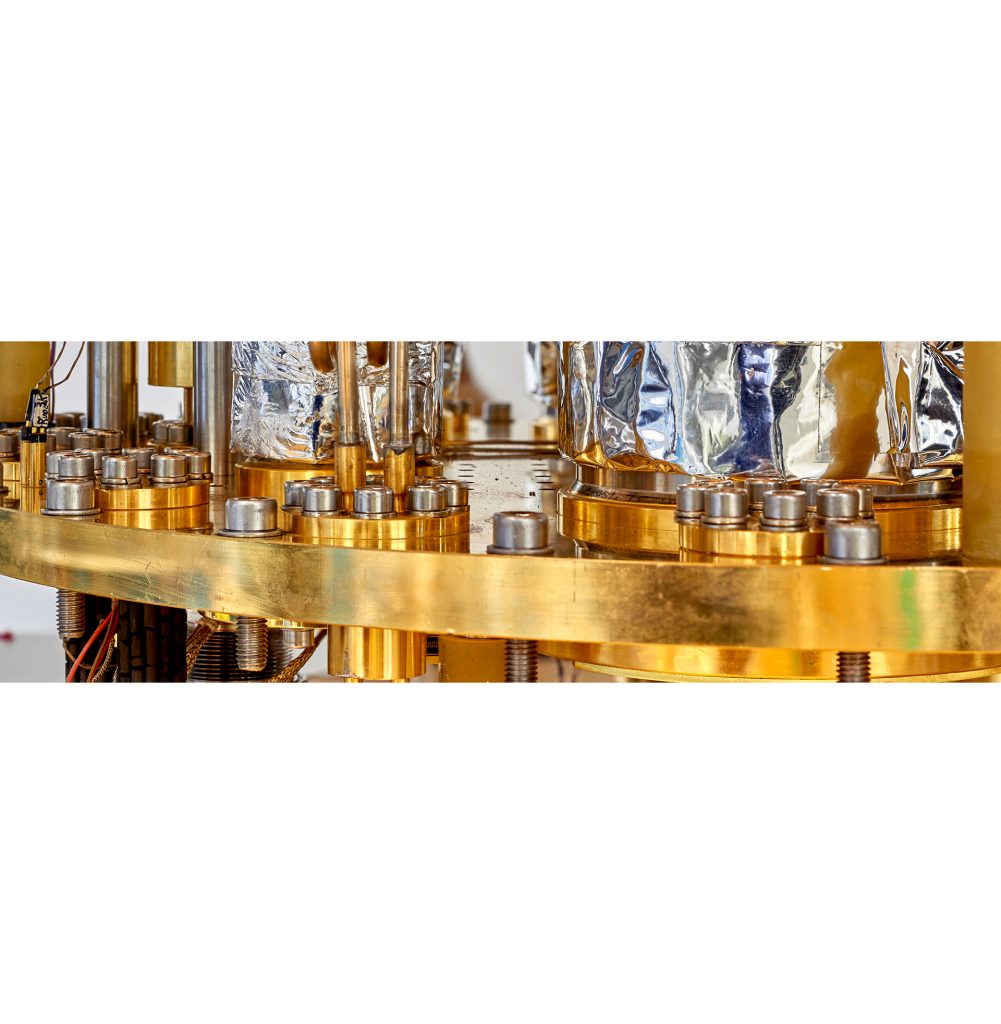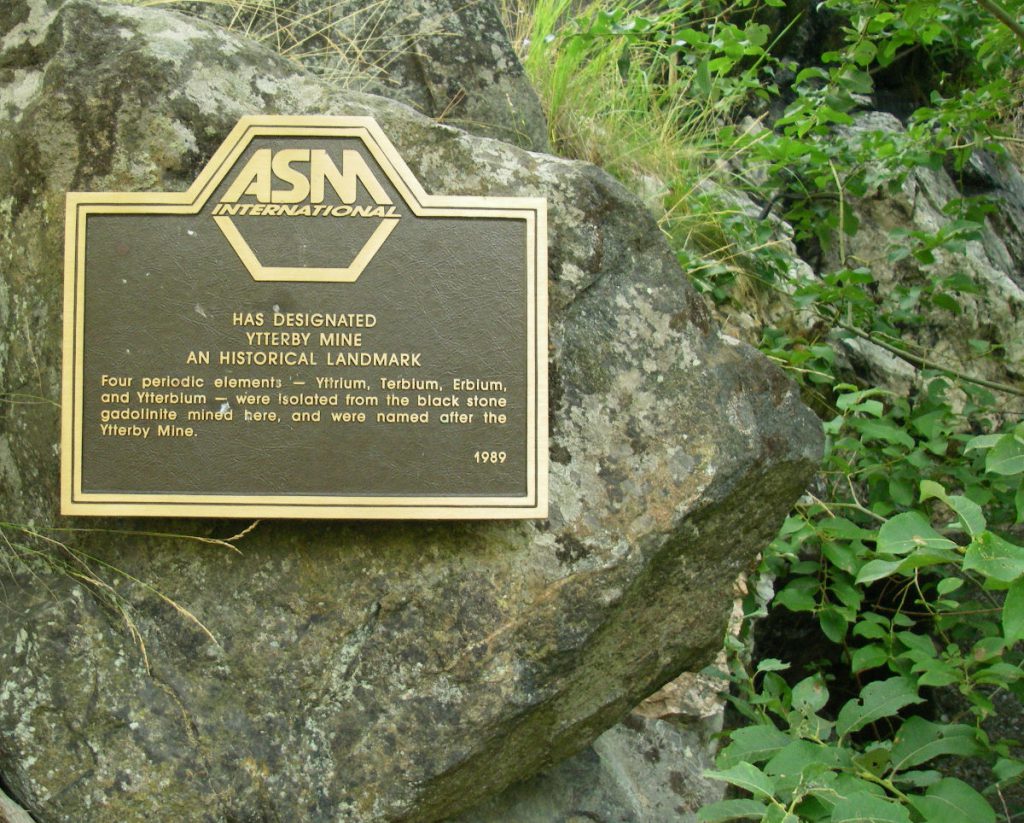20.02.2020by Matthew Sarsby
Cooling a Hot Photon Wind (part 1)

by Matthew Sarsby
Combining low temperatures and high frequency signals is becoming ever more important in the development of quantum technologies. In QuTech for example transmon based devices use some signals in the 2-10GHz range and spin qubits use even higher frequencies; over 20GHz. It is desired that the noise in the working bandwidth should be as low, and as cold, as possible, but these devices can be also quite susceptible to unwanted photons at much higher frequencies, 50-100GHz, leading to extra quasiparticle generation or photon assisted tunneling that can destroy the fragile quantum states. This post aims to be an easy to read tutorial and guide as we look at a model to reduce the distribution of thermal photons from a high temperature to a low one. In the particular case of a 1-dimensional coaxial cable carrying photons from room temperature towards a cold sample mounted in a dilution refrigerator. I’ll try to convey some intuition how this model behaves and what this means for cryogenic design.
A Flux of Photons
The function
\( n_\text{BE}(f,T) = \frac{1}{\exp(hf/k_\mathrm{B}T)-1} \)
is part of the equation to describe a Bose-Einstein distribution. This applies to the frequency distribution of photons in thermal equilibrium – the thermal noise distribution.
The terms \( h\) and \(k_\text{B}\) have their usual definitions as Planck’s and Boltzmann’s constants, the frequency \(f\) is in Hertz, and the temperature, \(T\), is in Kelvin. The value of \(n\) can be thought of as the photon flux spectral density: the number of photons per interval Hz per second. We’re missing a term that accounts for density of states that changes between 1D transmission lines, and 2D surfaces, which would sit in the numerator, but this, and it’s derivation, thankfully drop out if we take the ratio of two distributions:
\(
A(f,T_1,T_2) =\frac{\exp( hf/k_\mathrm{B}T_2 ) – 1}{ \exp( hf/k_\mathrm{B} T_1 ) – 1}.
\)
This is the frequency dependent reduction ratio for a hot photon flux distribution, \(T_2\), to be cooled to a cold one, \(T_1\). We will use this ratio as a guide when deciding what attenuation to install when designing cryogenic microwave lines. Before we move on, we’ll also define \(A\) in decibels as \(a\), so that \(a = 10\log_{10}(A)\). This will become helpful as the ratio becomes large, and leads towards a convenient comparison to traditional microwave components.
Let’s start by just plotting some lines of \( a(f, T_1, T_2)\):

I’ve picked 300K as \(T_2\), nominally room temperature, and three “low” temperatures. Each line is roughly flat over the 0-20GHz frequency span. The approximation, and the first of three rules of thumb, describes the position of this flat line,
\(
a(T_1,T_2) \approx 10 \log_{10}(T_1/T_2), \)
for this low-frequency high-temperature domain. But what is “low” frequency and “high” temperature? and what does this mean?
If we imagine a simple coaxial microwave transmission line on the way from the room to a sample mounted inside the fridge, the photon noise from the room will have a distribution following \(n_\text{BE}(T=300\text{K})\), but we want \(n_\text{BE}(T=\text{cold})\) before it gets to the sample. Using the function \(a\) and considering a 3K plate we can estimate that a -20dB attenuator is needed to sufficiently reduce the incident photon flux. Here 3K is a stand-in for a typical temperature of the cold end of a well performing pulse tube. This looks like:

The attenuator reduces transmitted power by converting some photons to heat. An ideal -20dB attenuator passes only 1% ( \(10^{-20\text{dB}/10}\)) of photons independent of frequency through. This forwards transmission ratio, is the same as what is measured by \(S_{21}\) of a network analyser 1. The attenuator itself also emits its own noise at it’s own temperature. The photon flux output after the attenuator is the sum of these two fluxes weighted by the transmission, \(W\),
\(
n = W n_\text{BE} (f, T=300\text{K}) + (1-W) n_\text{BE}(f, T=3\text{K}). \)
Where the transmission \(W\) is in this case 0.01. One could replace \(W\) with the relevant transmission, perhaps frequency dependent, of the particular component. Also note that \(n\) above is not \(n_\text{BE}\) because it does not have the same shape. The spectral densities, \(n\), of the 300K noise before, the 3K noise of the attenuator, and the 20dB mixture look like:

The resulting mixture has a slightly higher spectral flux density as the hot photon bath is mixed into the cold. Indeed we can only asymptotically approach a true 3K noise figure if there is infinite attenuation. Using larger attenuation however can hurt the signal to noise ratio, the signal would continuously reduce in size, but the noise floor is fixed. Attenuating harder out-of-band, away from the signal, does not have this problem.
We can use the resulting photon flux distribution, \(n\), to calculate the effective photon temperature as a function of frequency.
\( T(f,n) = \frac{hf}{k_B \ln(\frac{n+1}{n})}. \)
Which gives us:

Woah there! 6 Kelvin is not the 3 Kelvin we wanted! That’s right, but it’s close, and as close as we want to get. You may already be looking at the slight frequency dependency, which is there, and we’ll address it in time. But lets quickly look at what changes if we don’t use a -20dB, but something else. Picking \(f=\)1kHz, an arbitrary low frequency, and still anchoring at 3K, we can see the chosen point of -20dB for these temperature (the black dot) sits just before the flat area of diminishing returns:

Getting to a few kelvin is simple. Stick in an attenuator and call it a day. But wait, there’s more. We are not constrained to thinking about 1D transmission lines. The free propagating vacuum radiation also has the same equation for \(A(f, T_1, T_2)\) because of the independence from the density of states factor that cancels out. In this case it applies to the effectiveness of the radiation shielding cans of the fridge. Depending on the temperature the can shields from and too, we can estimate how light-tight each can needs to be. Unlike our transmission line, we don’t usually have a signal in this mode, so there is no harm is done with stronger shields.
Going Sub-kelvin
So what about cooler than a few kelvin? Lets continue our example and start from 6K noise, and see what attenuation, \(a(f, T_1, T_2)\), is needed to get cooler.

Here the \(x\)-axis is logarithmic frequency, and the \(y\) axis remains in dB. It appears we have run out of our low-frequency approximation. We can see at low frequencies the trend of \(\log(T_1/T_2)\) continues, but now \(a\) shows us that we need to cut off more at high frequencies. I’ve drawn a line connecting the frequencies at which an extra 3dB is needed. This gives us our second rule of thumb; the upper limit of the low frequency domain is
\( f_\text{3dB} \approx 33[\text{GHz/K}] \cdot T \).
Below this knee frequency we can use flat attenuation to cool a hot noise distribution, but more attenuation is needed above it. This is quite robust against the temperature of the incident noise and only matters for the temperature which the attenuator is at. Stick in the numbers and this equation at 10mK means the corner is at 330Mhz, a challenge for some microwave experiments to be sure! The curve of attenuation is now quite important for designing microwave systems at the temperatures of a dilution refrigerator.
Lets model a failure case. From 300K, lets have a -20dB at 3K, and another -20dB at 60mK; this should be enough from our 6K noise calculations at low frequencies. Modeling the transmission of a distribution \(n\) all the way through. Starting with an initial 300K
\( n_{300\text{K}} = n_\text{BE}(T=300),\)
then cooling at 3K with -20dB,
\(n_{3\text{K}} = 0.01 n_{300\text{K}} + 0.99 n_\text{BE}(f,T=3\text{K}),\)
then again with another -20dB at 60mK.
\(n_{60\text{mK}} = 0.01 n_{3\text{K}} + 0.99 n_\text{BE}(f,T=60\text{mK}).\)
Each resulting \(n\) and the ideal \(n_\text{BE}\) are drawn:

The \(n_{3\text{K}}\) gives us an \(n_\text{BE}\) of about 6K that we saw before, but the \(n_{60\text{mK}}\) line significantly diverges from the \(n_\text{BE}(T=60\text{mK})\) line! Lets look at the effective photon temperatures of \(n_{60\text{mK}}\) with this setup.

That’s no good. We’ll get an effective hot photon bath shining onto our sample at only a few GHz. If we have a superconductor on chip then the quasiparticle generation is going to be way higher than expected, photon assisted tunneling will be more frequent that it should, and simply the additional power absorbed by nanofabricated structures will heat the electron bath. The thermal photon bath is far from equilibrium with the electron bath.
Leading towards the third and final rule of thumb for this post: how do we cool down the distribution above the knee?
Hitting the Limits
Once again lets look at the required attenuation,

drawn this time with a linear frequency axis. As we wish for the photon distribution to get very cold, all our frequencies of interest are above the knee, and the flat \(10\log(T_1/T_2)\) is just a small offset from 0, the attenuation now has a consistent slope, dB per GHz for each temperature:
\(a(f,T) \approx \frac{-0.2 \text{[dB K/Ghz]} }{T} \cdot f.\)
This is again quite robust against the temperature of the incident radiation.
So far we’ve only looked at ideal thermalisation of ideal components. Many real components, particularly the humble coaxial cable, have an increasing loss with frequency due to the skin effect and dielectric losses. These extras losses provide some free protection if the cable is well cooled. There are additional high loss components one could include to remove unwanted high frequency photons, but that discussion, along with asking “how cool is cool enough?” is a discussion for next time.
Summary
We’ve looked at what is needed to cool a flux of hot photons down to cryogenic temperature. Particularly, at low frequencies and high temperatures, the required attenuation is simply \(10\log_{10}(T_1/T_2)\), up until a knee frequency of \(33\text{GHz/K}\), where then more attenuation is needed at rate of \(0.2\text{dB K/GHz}\). Given these constraints, it’s more understandable why millikelvin microwave experiments are ‘hot’.
For fun: I’ve skipped over the maths, but these constants are fundamental. Can you derive them?
First 3 correct answers get a beer from me.
About the author![]()
Matthew Sarsby is the wizard of cold. Current record holder for the coldest chip (2019) 2, and now doing cryo-engineering to get more chips cold too. After all, a quantum computer needs a quantum computer case too.
References
Nothing presented here is new or novel. Just search “wikipedia + [whatever term you don’t understand]”.
Footnotes
- \(S_{21} = 20\log(V_2/V_1)\) \(= 10\log[(V_2^2/R) / (V_1^2/R)]\) \(= 10\log(P_2/P_1)\) \( = 10\log(hfn_2/hfn_1)\) \(=10\log(n_2/n_1)\).
- https://arxiv.org/abs/1903.01388


